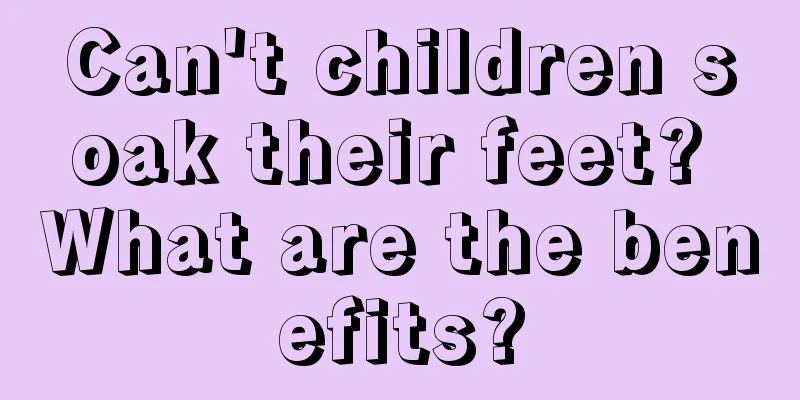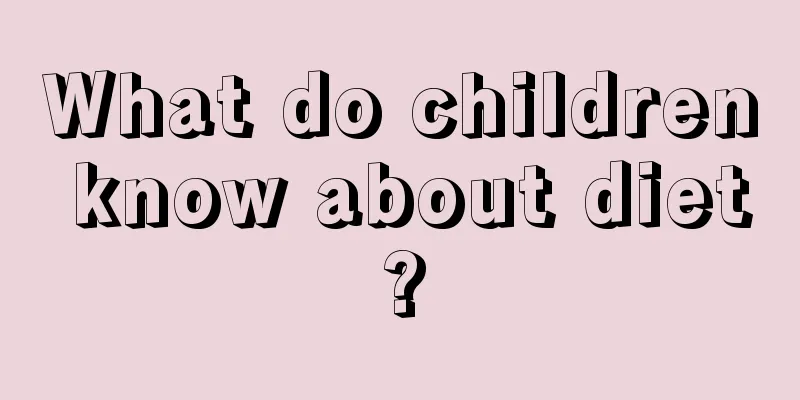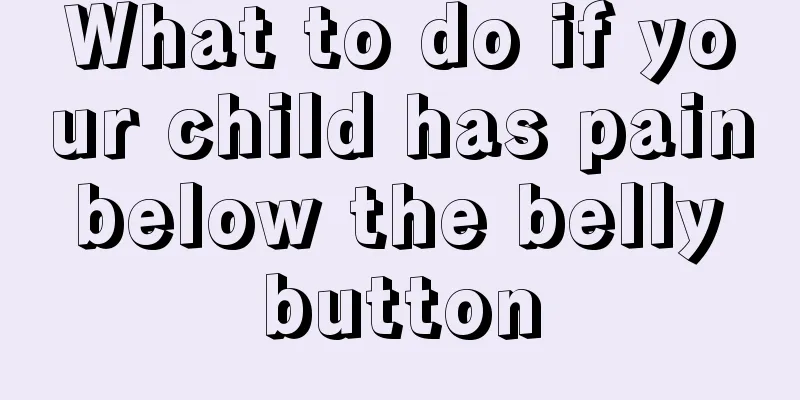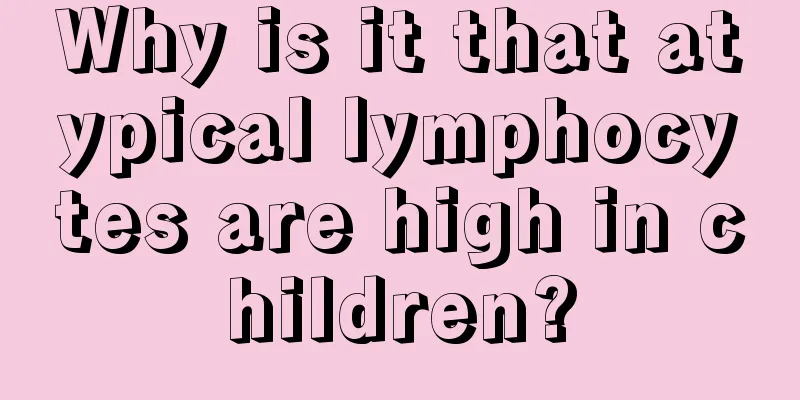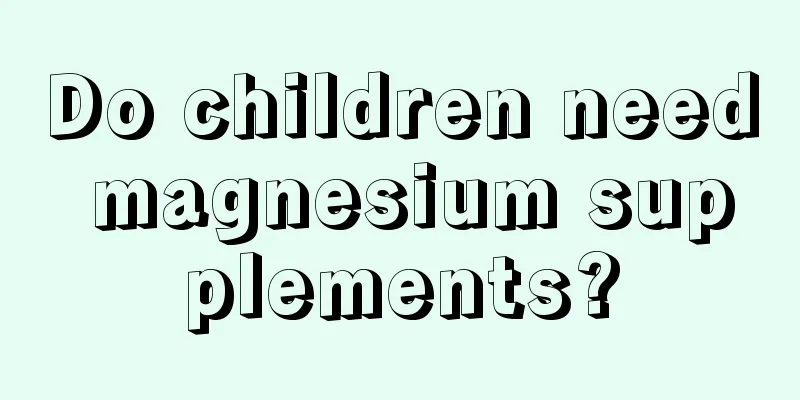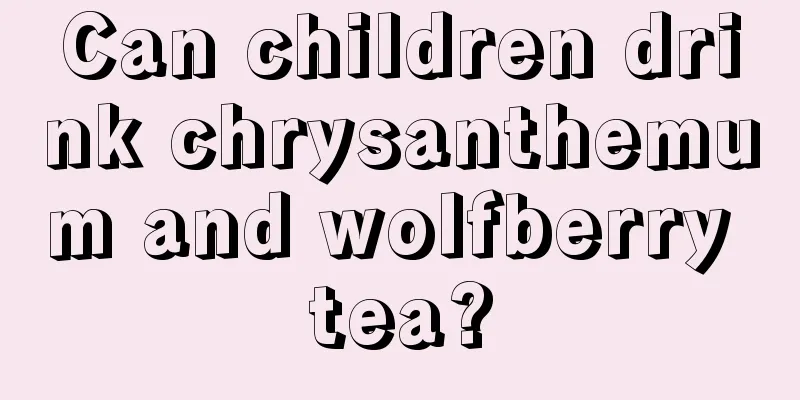What are the treatments for hypertension in children?
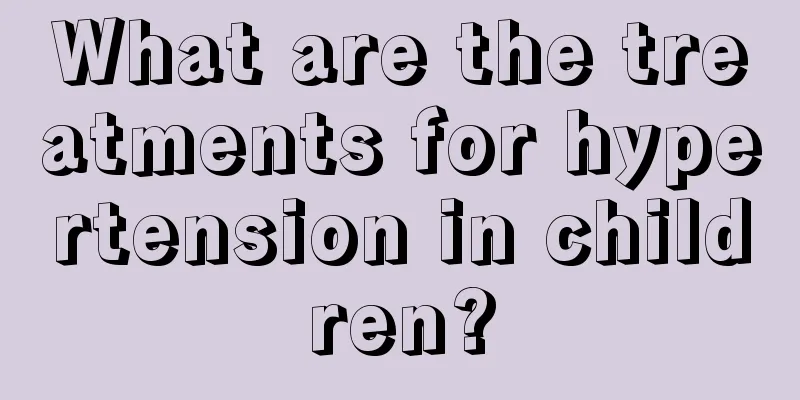
|
When it comes to high blood pressure, everyone must think that it is a disease that usually only middle-aged or elderly people get. In fact, if we talk about it in detail, children can also suffer from high blood pressure. Children's bodies are still developing, so they are very easy to be invaded by certain diseases. At this time, parents are constantly worried, so let me introduce below some treatments for childhood hypertension that parents want to know. Non-drug treatment should be tried first for primary hypertension. Pay attention to a regular life system, eliminate various mental stress factors, strengthen dietary guidance, limit salt intake to 2-2.5g/d, obese children should reduce weight and strengthen physical exercise. If after 1/2 to 1 year of persistence, there is still no downward trend in blood pressure, or there is target organ involvement or underlying disease, drug treatment can be tried. Children with secondary hypertension should be treated according to the cause. 1. Diuretics It lowers blood pressure by promoting urination and reducing blood volume. It is suitable for mild and moderate hypertension with low renin type hypervolemia. In severe hypertension, the combined use of other antihypertensive drugs can increase the antihypertensive effect of other drugs. Pay attention to water and electrolyte balance during use. (1) Hydrochlorothiazide inhibits the reabsorption of Na and Cl- in the cortical part of the ascending limb of the loop of Henle, promotes renal sodium excretion, and has a hypotensive effect. (2) Furosemide is a strong loop diuretic suitable for children with hypertension and renal insufficiency. It can be injected intravenously if necessary and takes effect quickly. If azotemia and oliguria worsen during medication, the medication should be discontinued. (3) Spironolactone is an aldosterone antagonist and is suitable for children with adrenal hyperplasia, tumors, or secondary aldosteronism. 2. Vasodilators The mechanism of action is to directly dilate the smooth muscle of small arteries, reduce total peripheral resistance, and thus exert a antihypertensive effect. Since blood pressure decreases due to vasodilation, secondary sympathetic nerve excitement can cause side effects such as increased heart rate, enhanced myocardial contractility, and water and sodium retention. Therefore, its combined use with propranolol and (or) diuretics can enhance the therapeutic effect. (1) Hydralazine: It does not cause a decrease in renal blood flow, so it can be used for renal failure. It is often used in combination with diuretics and beta-blockers to treat moderate to severe hypertension. (2) Diazoxide or hypoxic azole: a non-diuretic thiazide derivative. It takes effect after rapid intravenous injection within 1 to 2 minutes. If the first treatment is ineffective, you can repeat it after 30 minutes. It is the drug of choice for hypertensive crisis. (3) Sodium nitroprusside: It is used for hypertensive crisis. It is administered intravenously under the control of an infusion pump. It takes effect within seconds after the drip and disappears 1 to 2 minutes after the drug is stopped. The drip rate can be adjusted to control the rate of blood pressure drop. Therefore, it is safer than other drugs for treating hypertensive crisis. The main side effect of the drug is thiocyanate poisoning. Therefore, when the drug is used for more than 2 days, the blood thiocyanate concentration must not exceed 10 mg/dl. (4) Minoxidil: Its antihypertensive effect is stronger than that of hydralazine. It is used in combination with beta-blockers and diuretics for severe hypertension that is ineffective with other drugs. It can also be used in children with renal failure. 3. Adrenergic receptor blockers (1) Phentolamine: It is used in the preoperative preparation stage for pheochromocytoma, especially when there is a hypertensive crisis, and can be slowly pushed or dripped into the vein. (2) Prazosin: It lowers blood pressure by reducing peripheral vascular resistance. It has no drug resistance after long-term use and has a synergistic effect when used in combination with diuretics and beta-blockers. Common side effects include dizziness and weakness. To reduce reactive syncope, the first dose should be reduced and taken at bedtime. (3) β-blockers: The antihypertensive mechanism is unclear, but it may be related to the inhibitory effect of β-receptors in the vasomotor center and juxtaglomerular apparatus. Suitable for children with high stroke volume and high renin hypertension. Combination with diuretics and vasodilators can enhance the therapeutic effect. Commonly used preparations include propranolol and labetalol (also known as isothiocarbamide), which have both α- and β-receptor blocking effects. It takes effect quickly, has high efficacy, and has no adverse effects on the heart, brain, and kidneys. It can be used for mild, moderate and severe types of hypertension. Intravenous injection can be used for rescue of hypertensive crisis. Start with 0.2 mg/kg. If ineffective, 0.5 mg/kg can be slowly injected intravenously after 10 minutes. If necessary, the last intravenous injection can be 1.0 mg/kg. The total dose is ≤4 mg/kg. It takes effect within a few minutes after intravenous injection, and the antihypertensive effect is steady. Once it is effective, it can be taken orally. 4. Angiotensin-converting enzyme inhibitors (ACE) It is suitable for high-renin hypertension, and is also effective for normal-renin and low-renin hypertension. Because it can increase renal blood flow, it is also suitable for children with renal failure. It has a rapid antihypertensive effect and can be used to treat hypertensive emergencies. It is more effective when used in combination with diuretics. It is currently widely used and has become a commonly used first-line antihypertensive drug. (1) Captopril is the most commonly used drug. The recommended dose for premature and full-term infants is 0.01 to 0.03 mg/(kg·d), and the dose can be increased to 0.1 mg/(kg·d) in the next 24 to 48 hours depending on the condition. For patients over 6 months old, start with 0.05 mg/(kg·d), and gradually increase the dosage to achieve satisfactory therapeutic effect. The maximum dosage is 2 mg/kg each time, once every 8 to 12 hours. When stopping the medication, reduce the dosage gradually to avoid stopping abruptly. (2) Enalapril has a weak inhibitory effect on ACE, but after oral administration, it generates the dicarboxylic acid active metabolite enalaprilat under the action of hepatic lipase, which has an inhibitory effect on ACE 20 times stronger than captopril. 5. Calcium channel blockers By blocking calcium ions from entering cells, vascular smooth muscles relax, thereby achieving the purpose of dilating blood vessels and lowering blood pressure. It has a good antihypertensive effect. Nifedipine (nifedipine) and verapamil have been used in pediatric clinical practice. Nifedipine (nifedipine) has a good antihypertensive effect, and sublingual administration is more effective than oral administration in the treatment of severe hypertension. In principle, when choosing antihypertensive drugs, start with one drug for mild to moderate hypertension, start with a small dose, and gradually increase the dose to achieve the antihypertensive effect. When one medicine produces unsatisfactory effects, a second medicine is added. The commonly used treatment plan is to use thiazide diuretics as the first choice, and when they are ineffective, add beta-blockers and vasodilators if necessary. In recent years, calcium blockers and captopril, which have good antihypertensive effects, are also often used as first-line drugs. When taking medication, the pathogenesis of hypertension should be considered and medication should be selected in a targeted manner. For those who are unsatisfactory in long-term control, the mechanism is often more complicated, and it is necessary to use drugs with different modes of action in combination. For example, beta-blockers or captopril can be used for high-renin hypertension. When the therapeutic effect is not good, calcium channel blockers and diuretics can also be used in combination. In endocrine diseases, when pheochromocytoma secretes excessive catecholamines, phentolamine can be used intravenously or prazosin can be taken orally. If tachycardia occurs, propranolol can be added. The content of this article is to introduce to you how to treat hypertension in children, hoping to attract the attention of parents. This disease can cause great harm to children's bodies, so we must actively seek treatment and choose the appropriate method to ensure a smooth treatment process. |
<<: What are the symptoms of cataracts in children?
>>: How to treat a child's cough?
Recommend
What are the benefits of eating bird’s nest for children?
Many parents usually eat some bird's nests at...
Reasons why babies sleep less
The baby's physical health is what parents ca...
Should children's antipyretic mixture be taken orally or applied externally?
The most worrying issue for families is the baby&...
What happens if the child's eardrum is perforated?
A perforated eardrum is what is called a perforat...
What to do if a child has mumps and a fever
Summer is the peak season for mumps in children. ...
How many times a day does a newborn baby urinate?
There are many new mothers in life. For some new ...
What's the matter with the blue veins on the bridge of the child's nose?
Adults are very concerned about children's ph...
How much milk should a baby eat after 50 days of age?
For children of different ages, the amount of mil...
How to effectively treat hand, foot and mouth disease?
Parents need to know how to effectively treat han...
What are the symptoms of enlarged adenoids in children's nose
Adenoid hypertrophy is a common symptom in childr...
Which department should I go to for bronchitis in children?
As we all know, the incidence of bronchitis in ch...
Is there still a dent after the rear fascia is closed?
Everyone knows that when the baby grows to a cert...
Is it easy to cure children suffering from narcotics?
Many people may not have heard of sepsis, which i...
How to judge whether the baby is zinc deficient
Many parents often take their children to the hos...
What should I do if my child has rashes due to allergies?
When children are allergic, they will develop a l...
